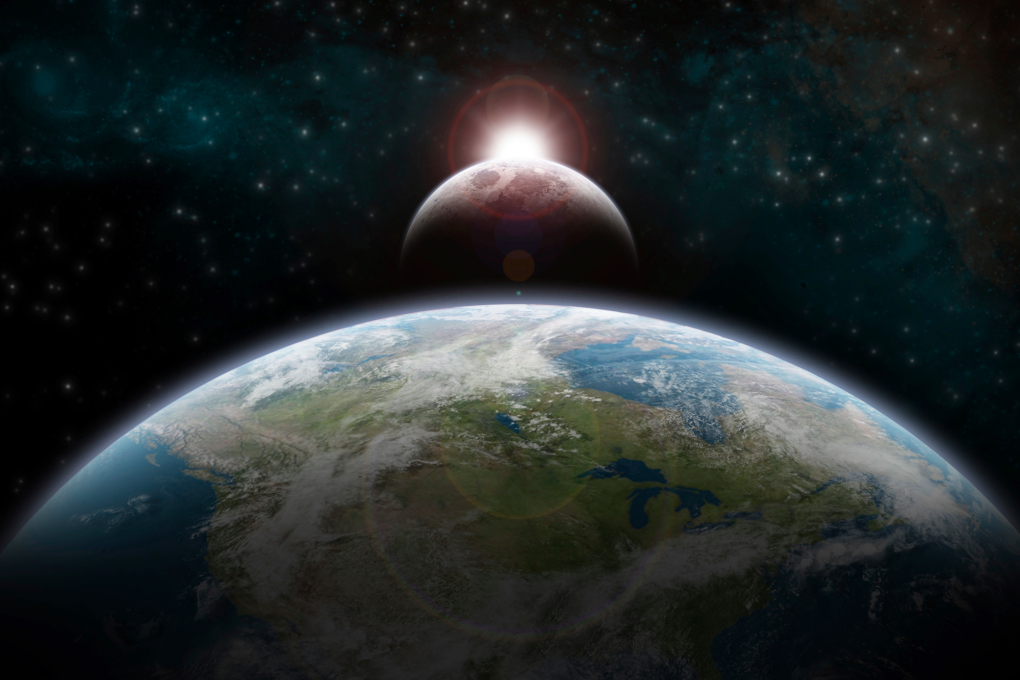Earth's tides can trigger earthquakes along a US fault
New study says the sun and moon's activity triggers tremors as well as tides

Extending for 800 miles, the earthquake-prone San Andreas Fault in southern California has been relatively quiet lately.
Deep below the surface, along the fault, however, there are hundreds of thousands of tremors called low-frequency earthquakes, which occur routinely in areas where the planet’s brittle crust is getting weaker and softer.
Gravitational tugs from the moon and the sun don't just cause the rise and fall of the seas (high and low tides), they also cause the surface of the Earth to go up and down as well, stretching and compressing the planet’s crust in “solid Earth tides.” These earth tides stress the faults deep inside the planet, making it easier or more difficult for faults to slip depending on the tidal phase.
Previous research has found that these Earth tides can trigger tremors, but a new study published in Proceedings of the National Academy of Sciences found that these small, deep earthquakes within California’s San Andreas Fault are more likely to occur during certain phases of the tidal cycle.
In other words, when the tug of the moon or sun is pulling in the same direction as the fault is slipping, it causes the fault to slip farther, and faster.
Like with ocean tides, the strongest Earth tides occur when the sun and moon are aligned, and the weakest occur when they are 90 degrees apart. Surprisingly, the number of low-frequency earthquakes didn’t spike at the strongest point in the tidal cycle, but instead when the tide was waxing (strengthening).